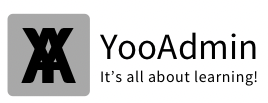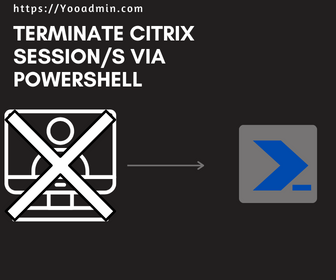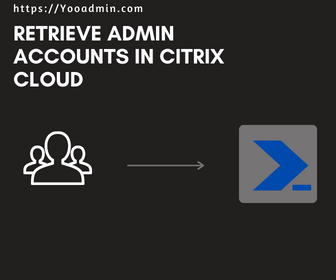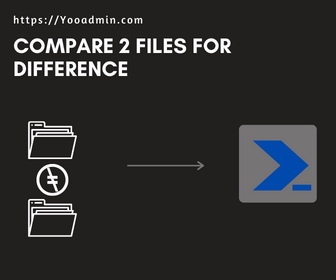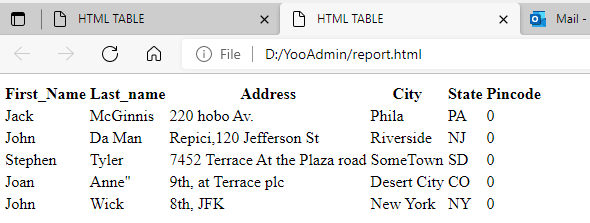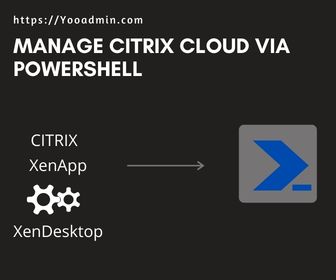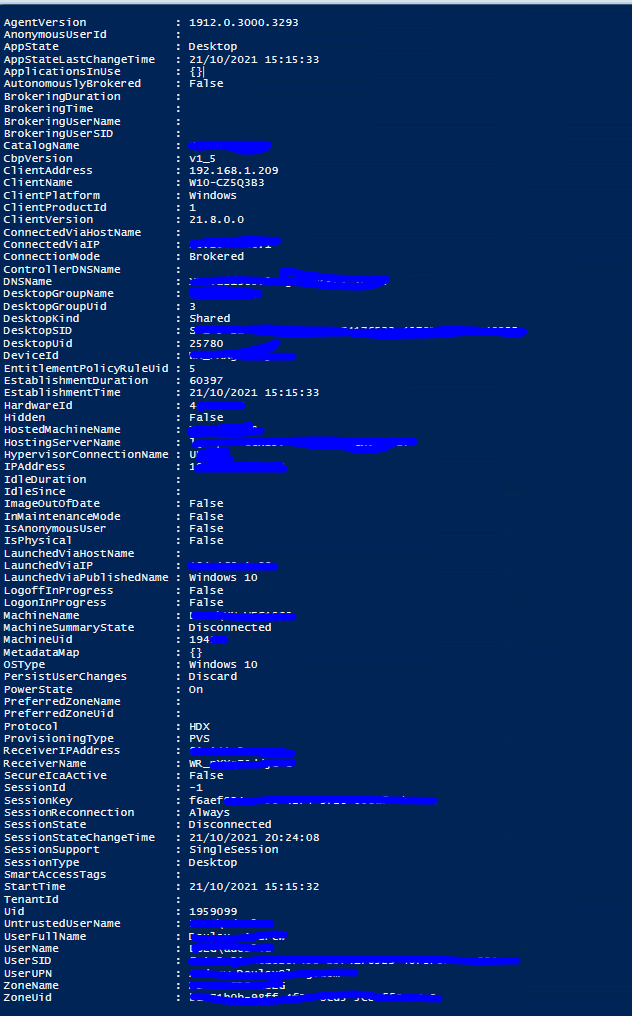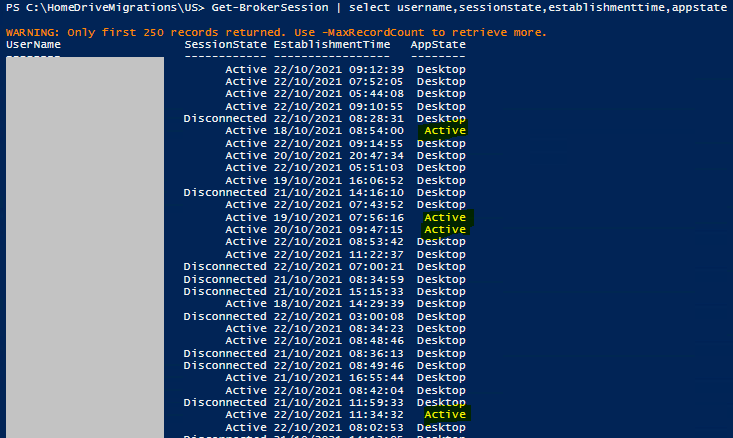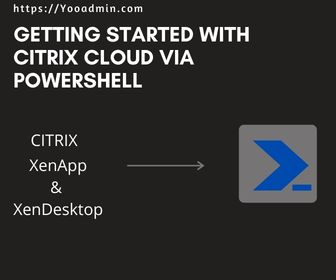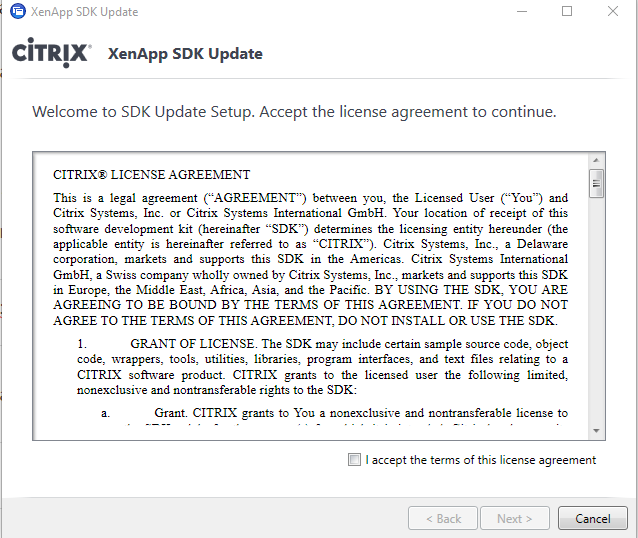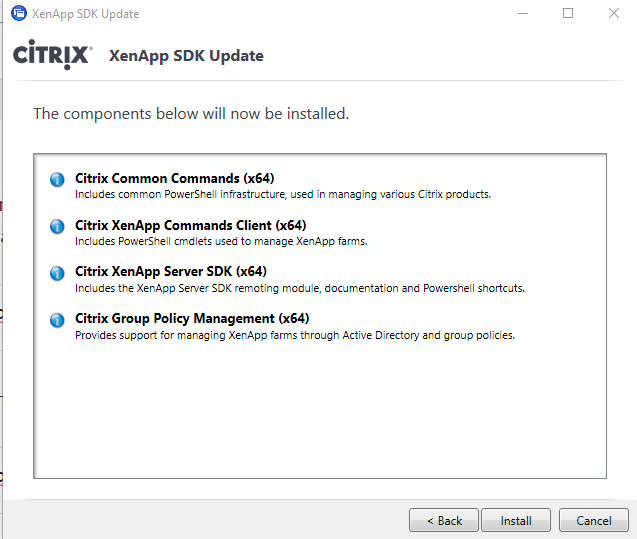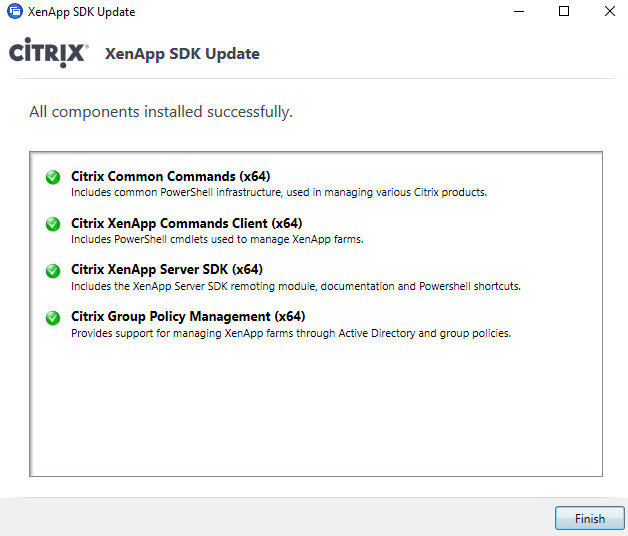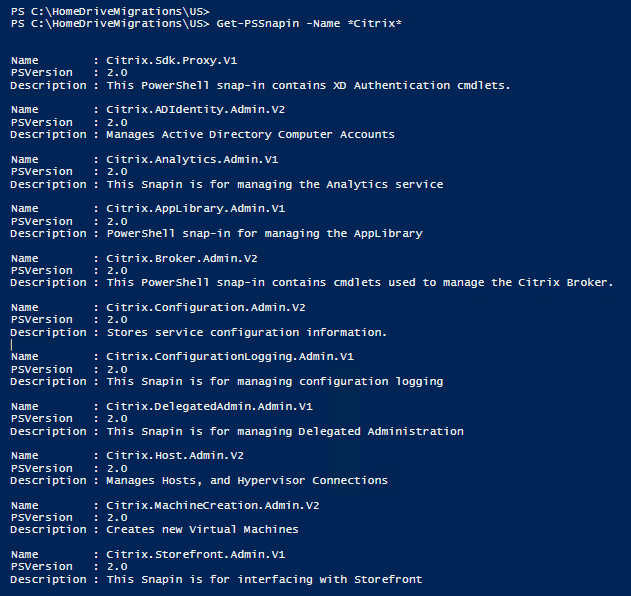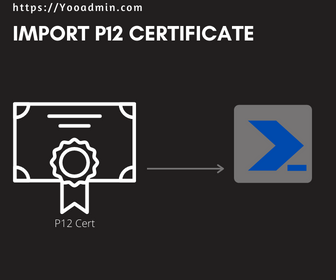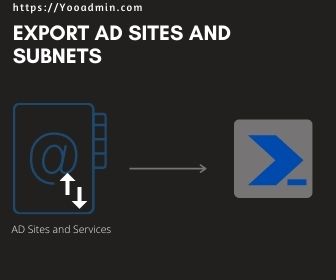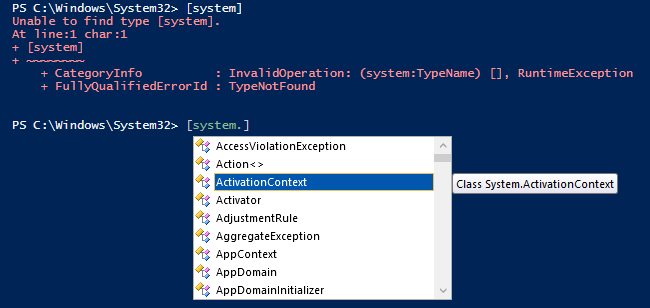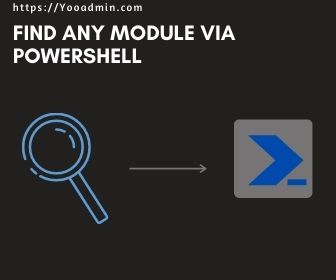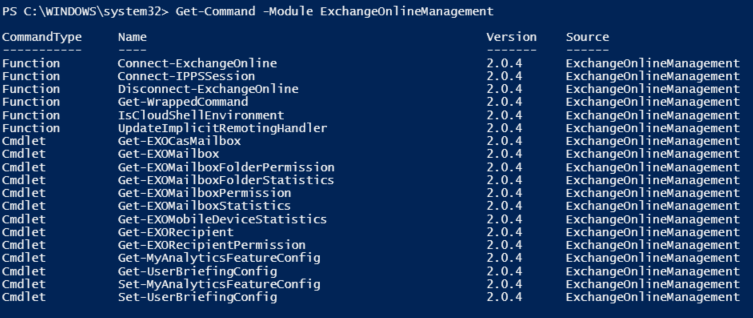How to Use the Microsoft Error Lookup Tool
The Microsoft Error Lookup Tool is a command-line utility that helps decode Microsoft error codes. It’s straightforward to use and doesn’t require administrative privileges. Here’s a step-by-step guide on how to use it:
Step 1: Download and Install the Tool
- Visit the official Microsoft download page and download the tool.
- Extract the contents of the downloaded file to a folder of your choice.
Step 2: Open Command Prompt
- Open the Command Prompt. You can do this by pressing
Win + R, typingcmd, and pressing Enter.
Step 3: Run the Tool
- Navigate to the folder where you extracted the tool using the
cdcommand. For example:
cd C:\path\to\folder
- Run the tool with the error code you want to look up The syntax is:
Err_6.4.5.exe "error code"
Replace "error code" with the actual error code you want to decode.
Example Usage
Here are five examples of how to use the tool with different error codes:
- Example 1: Decoding Error Code
c000021a
Err_6.4.5.exe c000021a
Explanation: This error code corresponds to a “STATUS_SYSTEM_PROCESS_TERMINATED” error, indicating a fatal system error.
- Example 2: Decoding Error Code
7b
Err_6.4.5.exe 7b
Explanation: This error code corresponds to an “INACCESSIBLE_BOOT_DEVICE” error, indicating that the system cannot access the boot device.
- Example 3: Decoding Error Code
80070002
Err_6.4.5.exe 80070002
Explanation: This error code corresponds to an “ERROR_FILE_NOT_FOUND” error, indicating that a file or directory could not be found.
- Example 4: Decoding Error Code
80070005
Err_6.4.5.exe 80070005
Explanation: This error code corresponds to an “ERROR_ACCESS_DENIED” error, indicating that access to a resource was denied.
- Example 5: Decoding Error Code
80070422
Err_6.4.5.exe 80070422
Explanation: This error code corresponds to a “WINSVC_STOPPED” error, indicating that a Windows service has stopped.
Conclusion
The Microsoft Error Lookup Tool is a handy utility for diagnosing and understanding error codes on Windows systems. By following the steps above, you can quickly decode error codes and troubleshoot issues more effectively.
